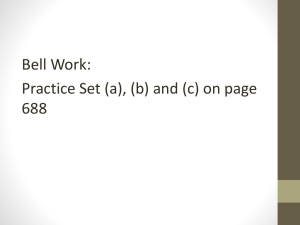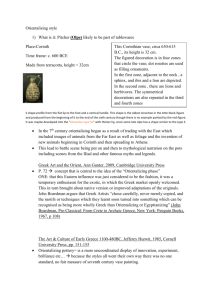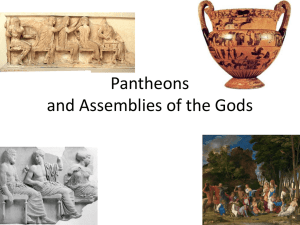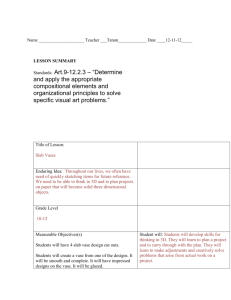Disclosing VP ellipsis in sign languages, the case of LIS A. (
advertisement
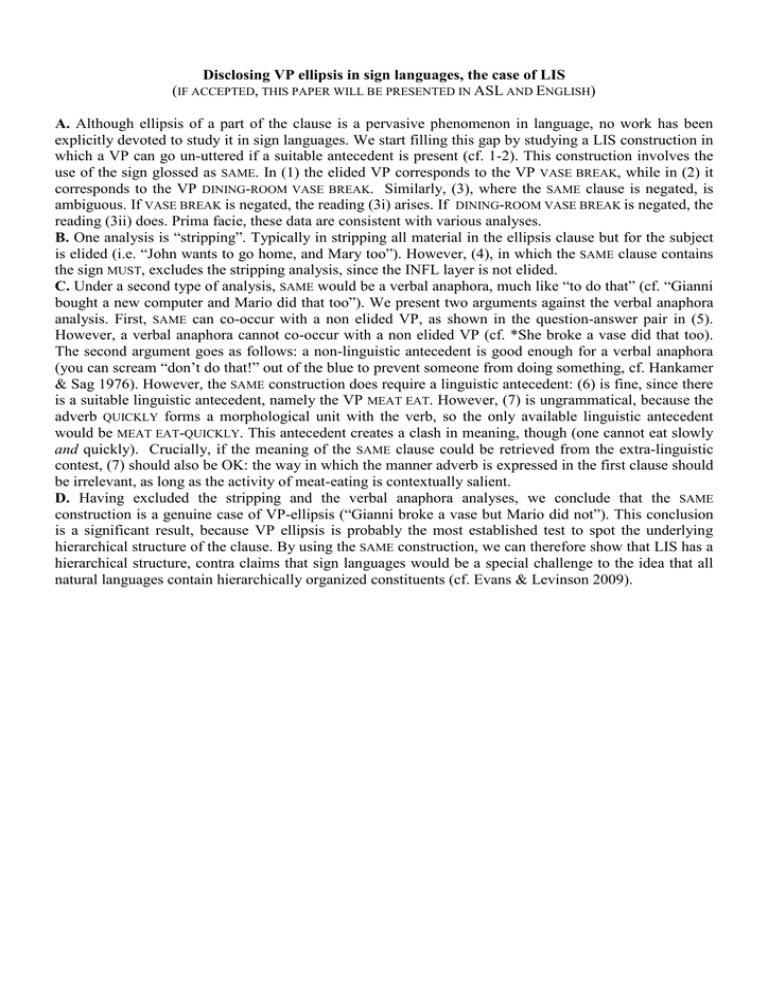
Disclosing VP ellipsis in sign languages, the case of LIS (IF ACCEPTED, THIS PAPER WILL BE PRESENTED IN ASL AND ENGLISH) A. Although ellipsis of a part of the clause is a pervasive phenomenon in language, no work has been explicitly devoted to study it in sign languages. We start filling this gap by studying a LIS construction in which a VP can go un-uttered if a suitable antecedent is present (cf. 1-2). This construction involves the use of the sign glossed as SAME. In (1) the elided VP corresponds to the VP VASE BREAK, while in (2) it corresponds to the VP DINING-ROOM VASE BREAK. Similarly, (3), where the SAME clause is negated, is ambiguous. If VASE BREAK is negated, the reading (3i) arises. If DINING-ROOM VASE BREAK is negated, the reading (3ii) does. Prima facie, these data are consistent with various analyses. B. One analysis is “stripping”. Typically in stripping all material in the ellipsis clause but for the subject is elided (i.e. “John wants to go home, and Mary too”). However, (4), in which the SAME clause contains the sign MUST, excludes the stripping analysis, since the INFL layer is not elided. C. Under a second type of analysis, SAME would be a verbal anaphora, much like “to do that” (cf. “Gianni bought a new computer and Mario did that too”). We present two arguments against the verbal anaphora analysis. First, SAME can co-occur with a non elided VP, as shown in the question-answer pair in (5). However, a verbal anaphora cannot co-occur with a non elided VP (cf. *She broke a vase did that too). The second argument goes as follows: a non-linguistic antecedent is good enough for a verbal anaphora (you can scream “don’t do that!” out of the blue to prevent someone from doing something, cf. Hankamer & Sag 1976). However, the SAME construction does require a linguistic antecedent: (6) is fine, since there is a suitable linguistic antecedent, namely the VP MEAT EAT. However, (7) is ungrammatical, because the adverb QUICKLY forms a morphological unit with the verb, so the only available linguistic antecedent would be MEAT EAT-QUICKLY. This antecedent creates a clash in meaning, though (one cannot eat slowly and quickly). Crucially, if the meaning of the SAME clause could be retrieved from the extra-linguistic contest, (7) should also be OK: the way in which the manner adverb is expressed in the first clause should be irrelevant, as long as the activity of meat-eating is contextually salient. D. Having excluded the stripping and the verbal anaphora analyses, we conclude that the SAME construction is a genuine case of VP-ellipsis (“Gianni broke a vase but Mario did not”). This conclusion is a significant result, because VP ellipsis is probably the most established test to spot the underlying hierarchical structure of the clause. By using the SAME construction, we can therefore show that LIS has a hierarchical structure, contra claims that sign languages would be a special challenge to the idea that all natural languages contain hierarchically organized constituents (cf. Evans & Levinson 2009). EXAMPLES (1) DINING-ROOM GIANNI VASE BREAK, MARIO SAME KITCHEN “Gianni broke a vase in the dining room and Mario did so in the kitchen” (2) DINING-ROOM GIANNI VASE BREAK, MARIO SAME “Gianni broke a vase in the dining room and Mario did so, too” (3) DINING-ROOM MARIA VASE BREAK PIERO SAME NOT (i) Maria broke a vase in the dining room, while Piero did not broke any vase (ii) Maria broke a vase in the dining room, while Piero broke a vase but not in the dining room (4) GIANNI BOOK BUY MUST MARIA SAME MUST Gianni must buy a book. Maria must too ________y/n (5) DINING-ROOM GIANNI VASE BREAK. MARIA SAME YES, VASE BREAK SAME - Gianni broke a vase in the dining room. Did Maria do the same? - Yes, she broke a vase too (6) MARIO MEAT EAT QUICKLY. GIANNI SAME SLOWLY Mario eats meat quicky. Gianni does that slowly (7) *MARIO MEAT EAT-QUICKLY. GIANNI SAME SLOWLY REFERENCES Nicholas Evans & Stephen C. Levinson (2009), The myth of language universals: Language diversity and its importance for cognitive science, Behavioral and Brain Sciences, 32, 429–492 Hankamer, J. and I. Sag, (1976) “Deep and Surface Anaphora”, Linguistic Inquiry, 7:3,3 91-428.
